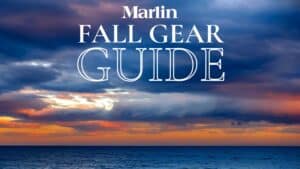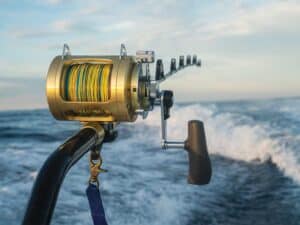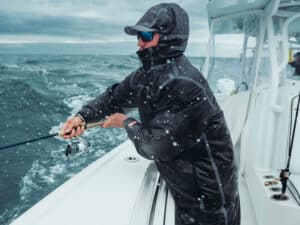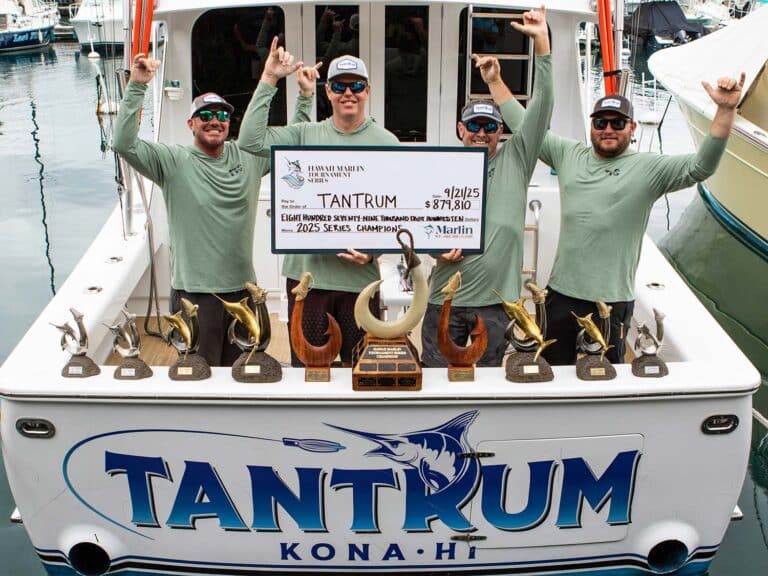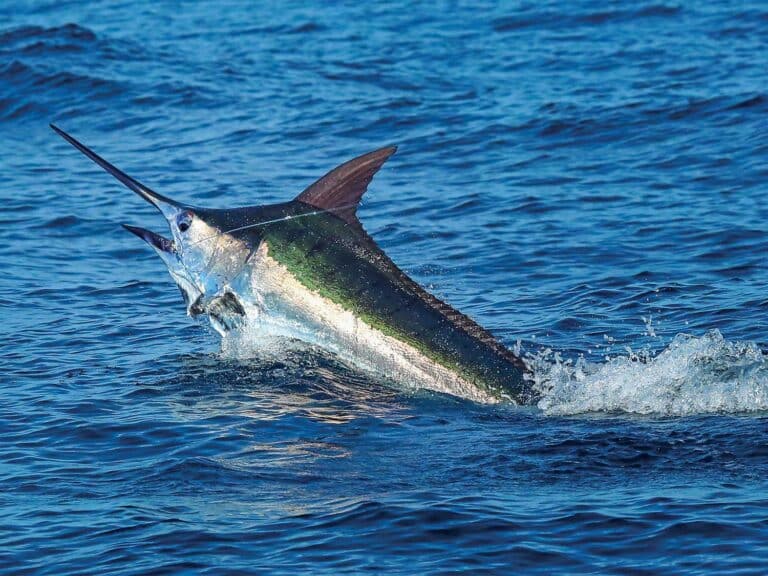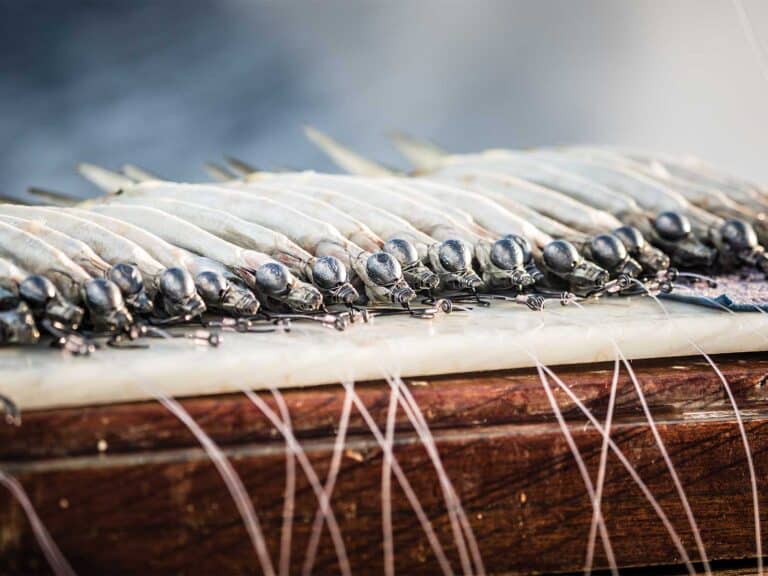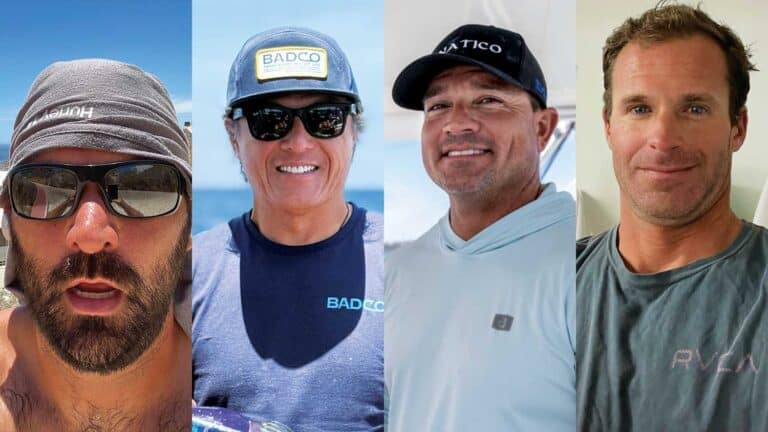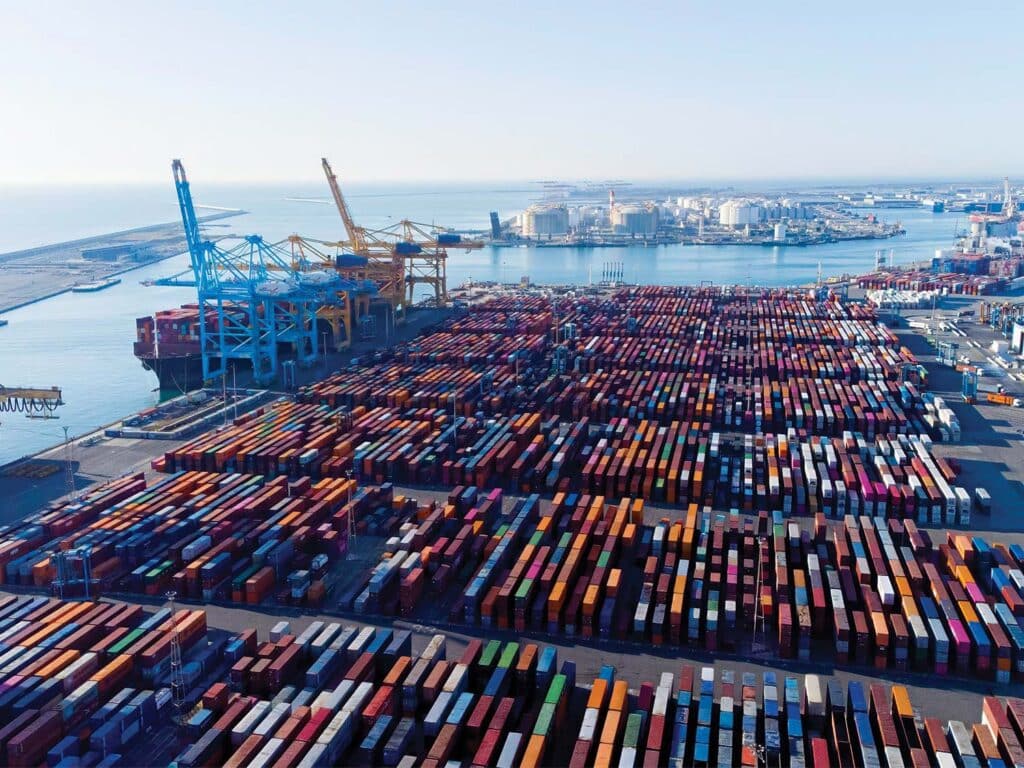
Subscribe to Marlin magazine and get a year of highly collectible, keepsake editions – plus access to the digital edition and archives. Sign up for the free Marlin email newsletter.
I’ll be the first to admit that the tariff issue has been confusing. One day, there’s a 20 percent tariff on a particular country. A few days later, it’s up to 100 percent. Add to that a long list of caveats, and you’re left wondering: What exactly is being taxed, and how much?
Conceptually, we all understand the goal. Tariffs are meant to bring back jobs, manufacturing and revenue to the U.S. I’m not here to debate whether that’s a good or bad idea. I’m here to explain how tariffs have affected the sport-fishing industry.
I reached out to people who manufacture rods, reels, hooks, fishing line and engines to get their take. The feedback was consistent. Take Pete Lindgren of Lindgren-Pitman, for example. Most of his reel components come from Canada, and at the time we spoke, he hadn’t seen any increase in material costs.
In fact, several aluminum and steel distributors had stockpiled inventory in anticipation of tariffs, which helped them weather the initial wave without passing on costs to customers.
That said, companies that build reels in China, such as Shimano, Daiwa and, for some models, Penn, have seen pricing increases. But the most significant jump came from an unexpected area: hooks.
There are only a handful of major big-game hook manufacturers: Mustad, VMC, Owner, Gamakatsu and a few others. One manufacturer saw a 50 percent increase almost overnight and planned to pass that increase directly to the customer. In general, we’ve seen about a 20 percent increase across the board, but again, many suppliers padded inventory and were able to absorb the costs—at least for now.
We could dissect all the different components—tackle, fuel, building costs. But I believe the real impact is market uncertainty.
At Barclay Breland, our work has guided boat owners for over 20 years. When markets are volatile—when there’s fear of inflation or an economic slowdown—they take a closer look at their budgets.
It’s not the increase in hook prices that slows them down. It’s the cash flow from their businesses or the performance of their investment portfolios.
If you’re running a business and your costs suddenly rise by 15 percent—as many did under early tariff structures—that directly hits your bottom line. And not knowing how long these policies will be in place adds a psychological burden. That uncertainty alone can lead to hesitation or cutbacks.
And market volatility has been a struggle. On April 3, the Nasdaq Composite lost 1,600 points. The S&P 500 dropped 4.84 percent. The Dow fell 3.98 percent. The Russell 2000? Down 6.59 percent.
By the end of April 4, the Dow was down more than 4,000 points (9.48 percent), the S&P was off 10 percent, and the Nasdaq had lost 11 percent. It was the largest two-day drop in history. When your fishing program is supported by market returns, a 10 percent hit will absolutely make you reassess.
So, have tariffs affected the industry? Yes—but not in the way most think. Tackle and gear prices have risen, but not enough to move the needle.
But when markets dip and business costs climb, that affects fishing. Luckily, most of our clients have weathered plenty of economic storms over the last two decades. They’ve adapted to shifting tides—both financial and literal—and they keep fishing.
